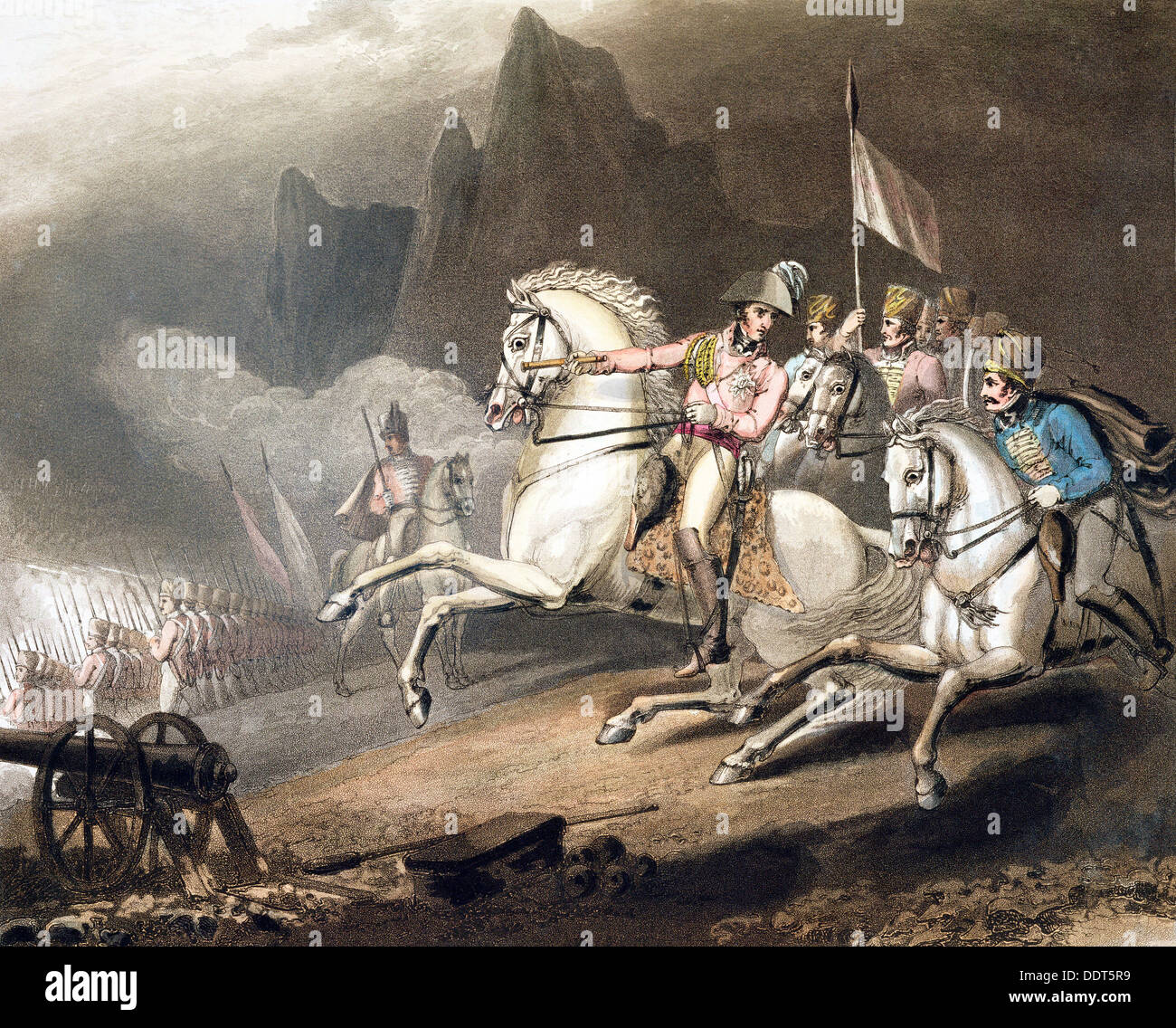The Next Big Thing:
Scandalous Lady
The latest game for authors in the blogosphere is to tag each other for The Next Big Thing. Once tagged, an author answers a few questions, then tags other writers, with their permission.
This time I was tagged by
Jane Risdon.
You can read a wide variety of items by Jane at
http://janerisdon.wordpress.com/
Jane loves books as magical things and of course I would agree with her that the smell and feel of them is the first part of the spell. Once inside a good book, you are in another world, one that is always there for you to go back to. Jane's WIP is about the sleuth
Lavinia Birdsong, retired from MI5 to live in an Oxfordshire village. But when mystery and murder occur, she has to go back to solving the crimes. We are waiting eagerly for Lavinia to complete her first adventure, so we can read it….
Now for.......The Next Big Thing.
What is the working title of your book?
Scandalous Lady
Where did the idea come from for the book?
For me, things start by looking at pictures. I have a large collection of faces and buildings, gathered from magazines, etc. One or two faces suddenly seem to have a story attached and a few scenes of their story are immediately clear to me, although I'm not sure where in the tale these events take place. It's as if the story is already complete, but I must work to uncover it, little by little.
This time, my hero looked gravely out at me and his character was evident: proud, subtle and determined, yet he also liked to tease. His dark colouring indicated an exotic setting, so Istanbul, a city I love, seemed to be part of his story. Lady Hester Stanhope spent some months in Istanbul in 1811, when things were settling down after a period of great turmoil. And setting the tale in that year allowed me to add in a few details about Sultan Selim III, whose life fascinates me. Another photo of a sultry young lady with a fearless look completed the basic mix. She was going to challenge my gorgeous but arrogant hero to the limit.
What genre does your book fall under?
Historical romance with a dash of adventure.
Which actors would you choose to play your characters in a movie rendition?
The hero's looks are based on Santiago Cabrera. It was the actor's thoughtful pose that initially inspired me. I also think he has the right voice to play Selim / Henri, who is part French, part Turkish. Olivia is a redhead and very lively. Carey Mulligan would provide a wonderful, impish contrast to my rather serious Selim / Henri.
What is the one-sentence synopsis of your book?
No matter the obstacles, love will find a way through them.
Will your book be self-published or represented by an agency?
I hope to find a publisher to take the story. Agents are not keen on Regency set stories, although the public like them.
How long did it take you to write the first draft of your manuscript?
About eight months writing time but before I could complete it, I needed to go to Istanbul and to the Pyrenees for research - so just over a year altogether. But eventually it took longer because my first draft is always very different from the final version of the story. And the chateau in the Pyrenees was so wonderful I went back for a second visit.
What other books would you compare this story to within your genre?
I
feel very presumptuous even to mention myself in the same sentence as such a prestigious author but the closest would be Loretta Chase's Mr Impossible - because both stories are about an English person coping with life in a very different culture. It's also clear that both she and I like exotic settings.
Here is a view of Istanbul / Constantinople from Pera, where the European community lived, looking south across the Golden Horn.
Who or what inspired you to write this book?
I love to read about intrepid women travelers. For a long time I was looking for an opportunity to put Lady Hester Stanhope into a story. As she spent time in Istanbul, that settled both the time and place for me. Her independent lifestyle makes her a role-model for Olivia, my heroine. In addition, I have to confess to a special interest in the Ottoman Sultan, Selim III, the gentle musician monarch. He tried to reform his empire but he was murdered by reactionary soldiers in 1808.
What else about your book might pique the reader’s interest?
It is an Ottoman Regency story and opens the door on an exotic world. As this is mainly seen through Olivia's eyes, the reader can share her experience of dipping in and out of a very different way of life and then return to more familiar customs. Here is the kasir [pavilion, part of a royal palace] where Selim stayed while working for the Sultan. This little gem is situated on the north shore of the Golden Horn. It was the favourite palace of Sultan Selim III, and is now the National Music Museum.
Now I'm tagging
Cindy Nord to tell us about her latest stories on
The Next Big Thing. There is a lot of fascinating information about Cindy, her writings and her interest in the American Civil War Reenactment Society on her website at :
www.cindynord.com
Cindy writes a luscious blend of history and romance with fast-paced action and emotionally driven characters. She has been a finalist or won many times in chapter competitions, including the Romance Writers of America National Golden Heart Contest. Her latest novel,
"NO GREATER GLORY" is a love story set against the tapestry of the American Civil War.



















































